Our history
Celebrate our legacy and be a part of our lasting impact for every family.
For 85 years, March of Dimes has helped millions of families be healthy and strong in communities like yours and across the country.
Our journey began as the National Foundation for Infantile Paralysis where we led research that eradicated polio. Over the decades we evolved to provide essential information and research critical for moms and babies as March of Dimes. We build on that legacy each year to level the playing field for every parent, baby, and family, no matter their wealth, race, gender, or geography.
Through our milestones, we’re not only celebrating, but also remembering our impact from the past 85 years. With the generous support of our partners and donors, we fight for every mom and every family. It’s what we do. It’s what we’ve always done. But we’re far from finished.
Our Impact
Health Equity
Accelerating collective action
Watch now
We’ll continue to solve problems and eliminate barriers for all families.
Mobilization
Taking action, amplifying voices
Watch now
We’re mobilizing the nation by amplifying the voices of women and families.
Polio vaccine
1946
During devastating polio epidemics, March of Dimes paid for and transported thousands of iron lungs to help patients breathe when their own muscles were weakened or paralyzed.
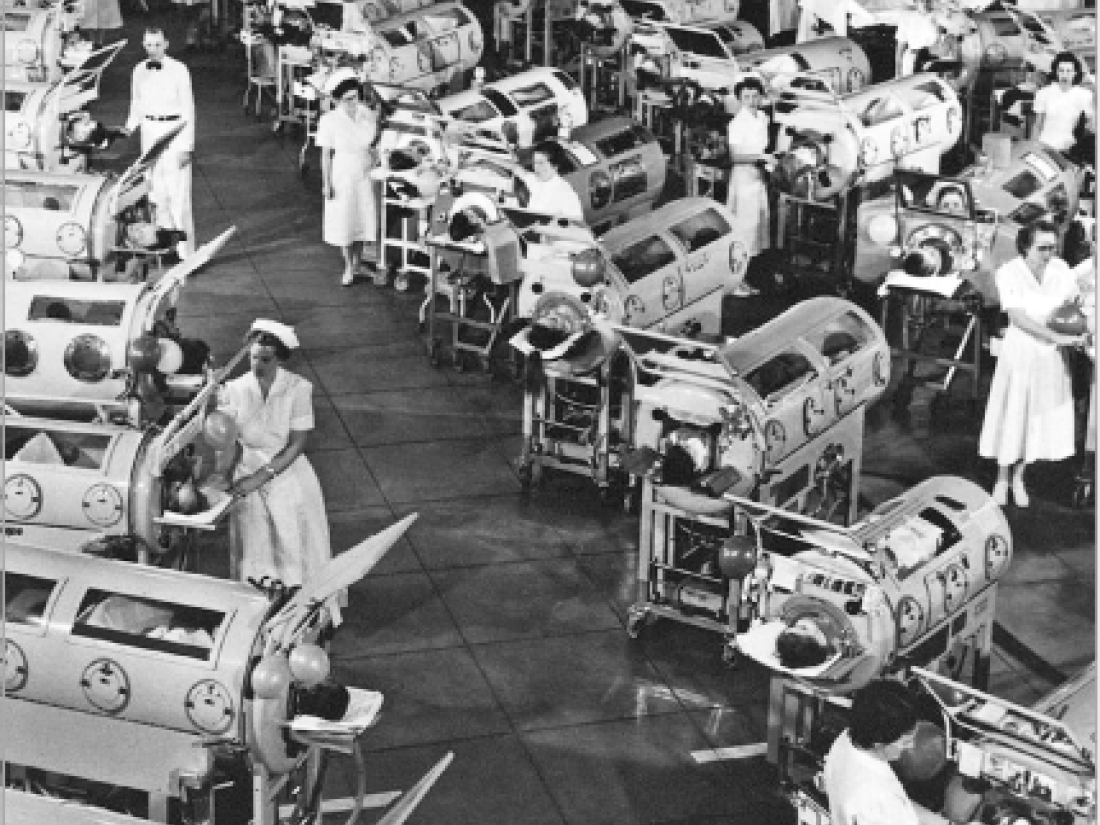
1949
March of Dimes funded Dr. Jonas Salk whose research led to a “safe, effective and potent” polio vaccine in 1955 and saved thousands of lives. We also funded Dr. Albert Sabin’s work on an oral vaccine licensed in 1962.
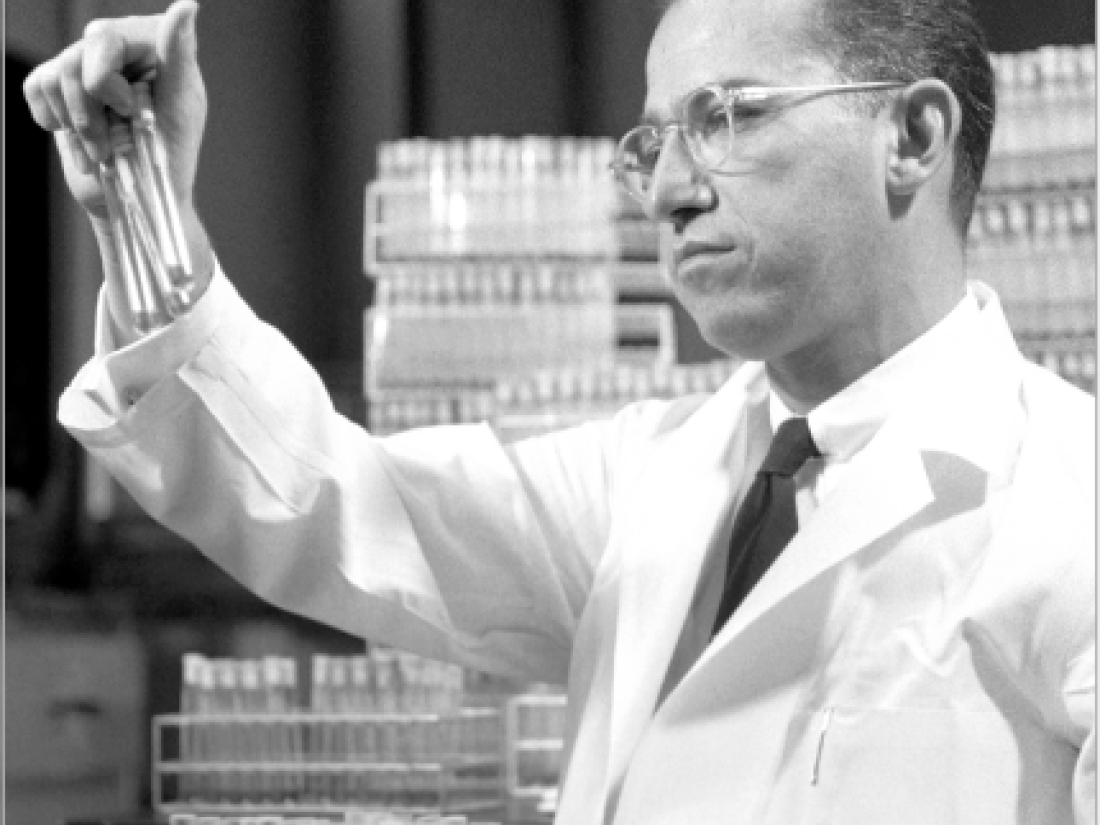
1954
March of Dimes organized testing of the Salk polio vaccine with 1.8 million schoolchildren who became known as “Polio Pioneers” and were part of the largest peacetime mobilization of volunteers in our history.
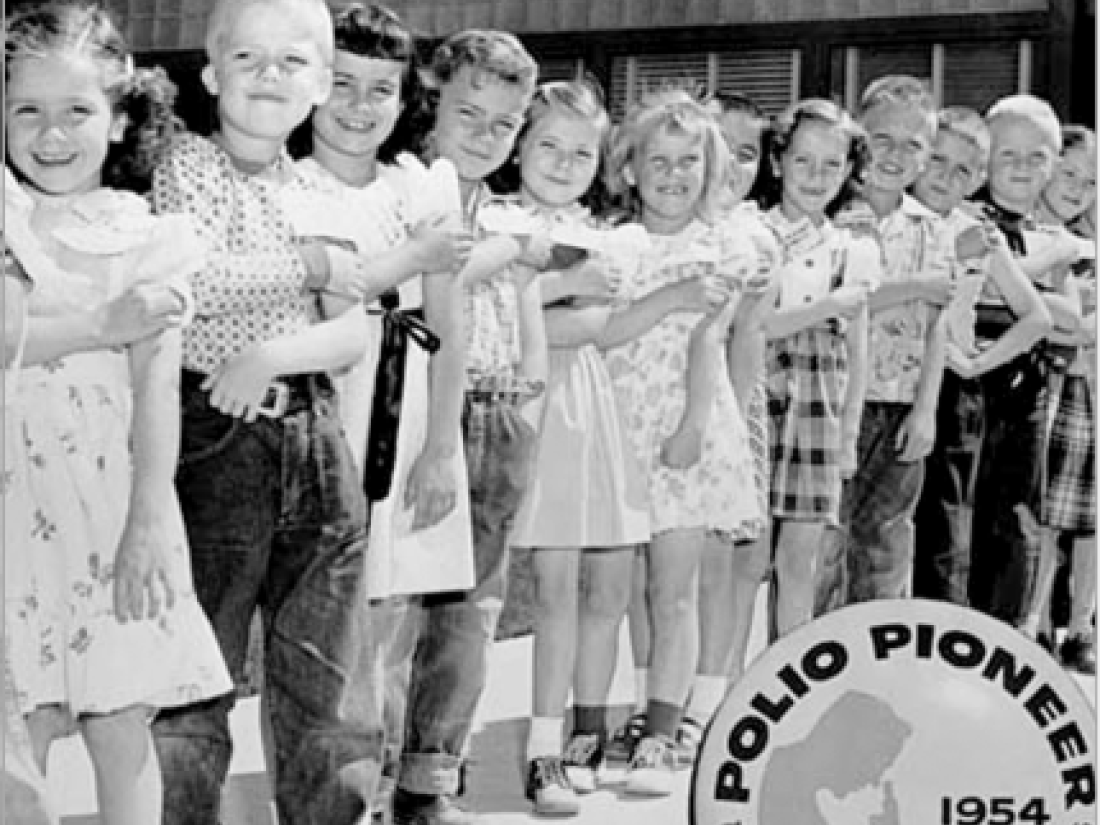
2022
Today, vaccines protect children from polio and 14 other serious diseases, including COVID-19, chickenpox, rubella, the flu and hepatitis.
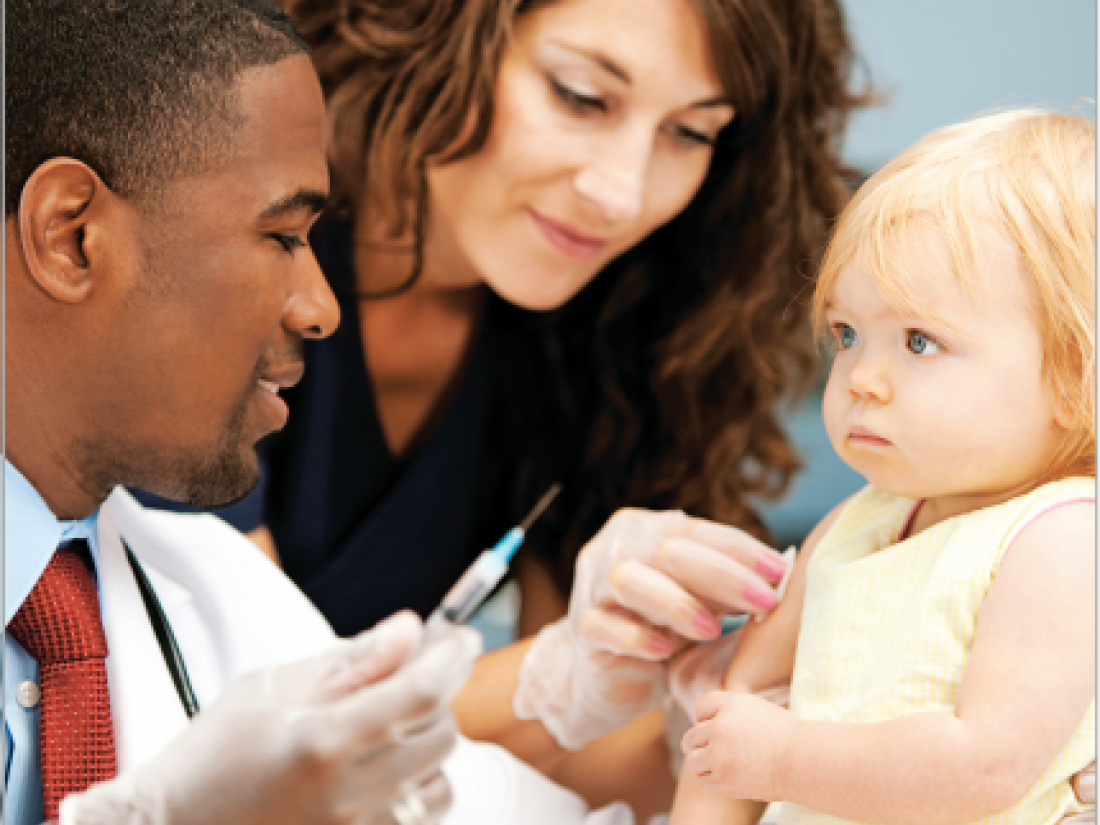
Local programs
1947
Mobile field units served as classrooms, clinics, and emergency transport of polio patients. Equipped with a respirator, hot pack machine, resuscitation equipment and a self-contained power generator to bring medical support where it was needed most.
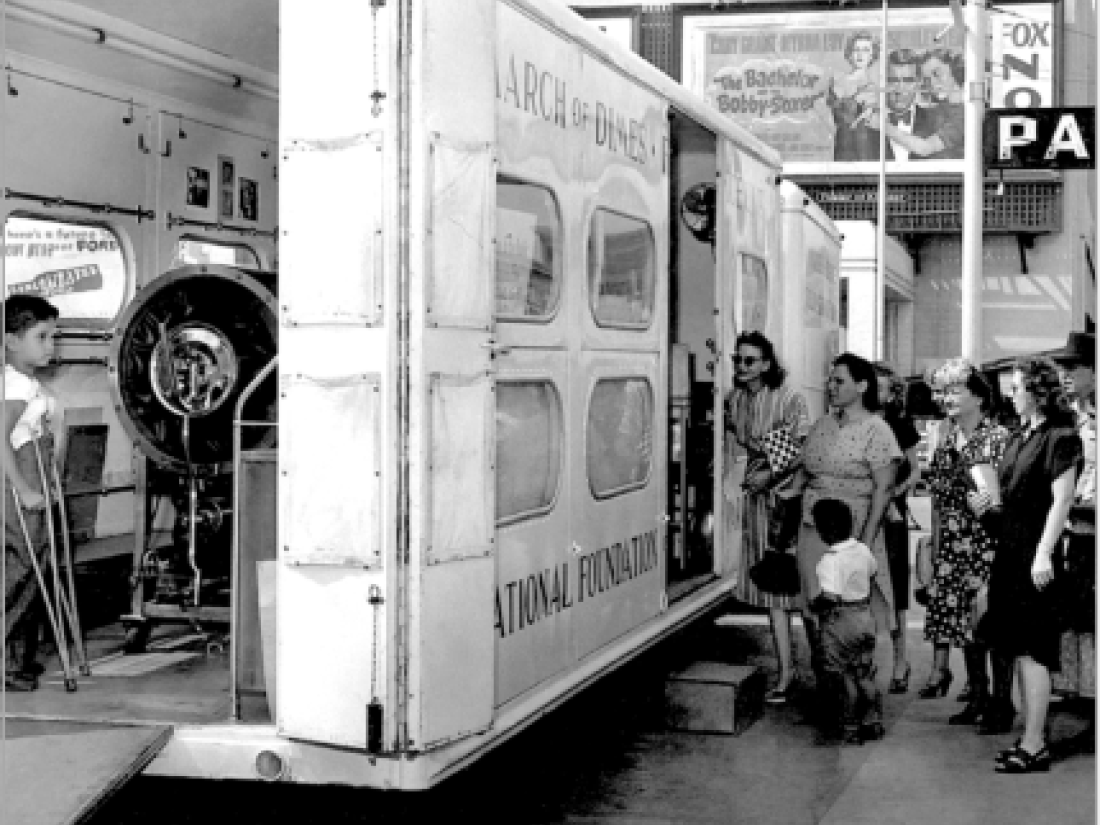
1971
Knowing that many women sought prenatal care only when labor began, March of Dimes joined forces with women’s groups to educate moms-to-be, a tradition that continues today.
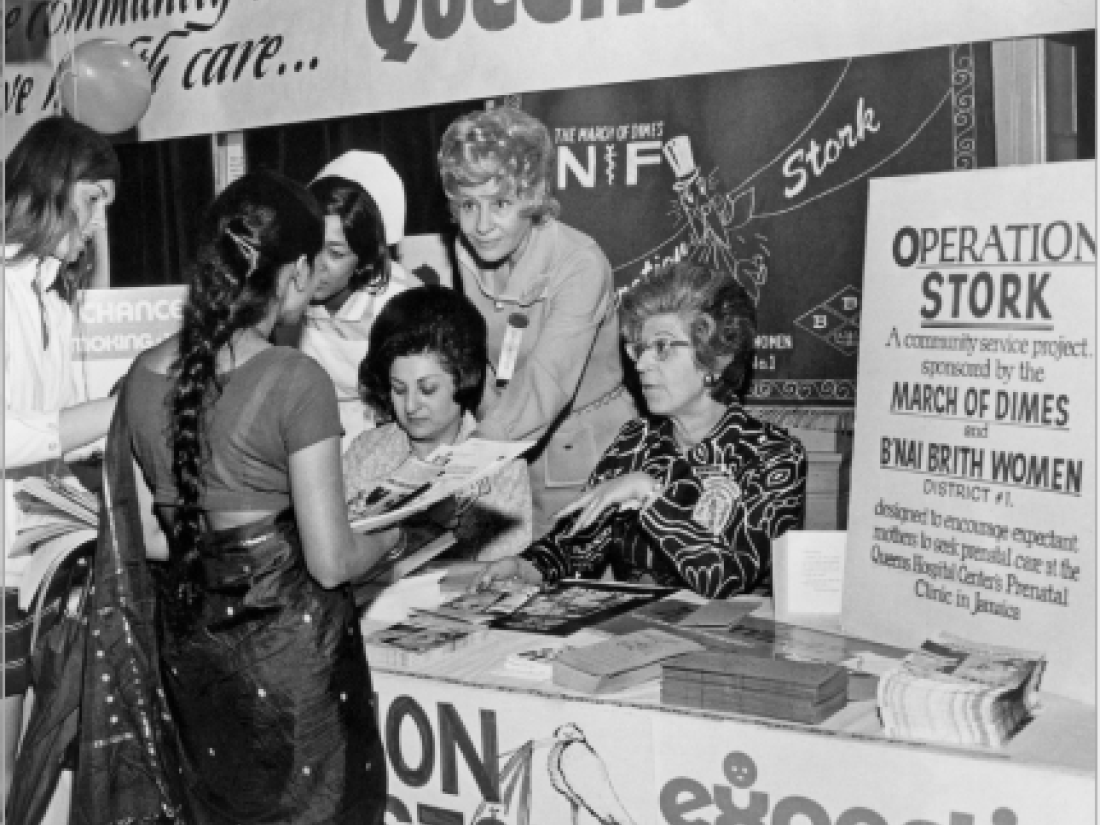
2007
When hurricanes wiped out hospitals on the Gulf Coast, March of Dimes funded Mom & Baby Mobile Health Centers® to bring prenatal care where women need it most.
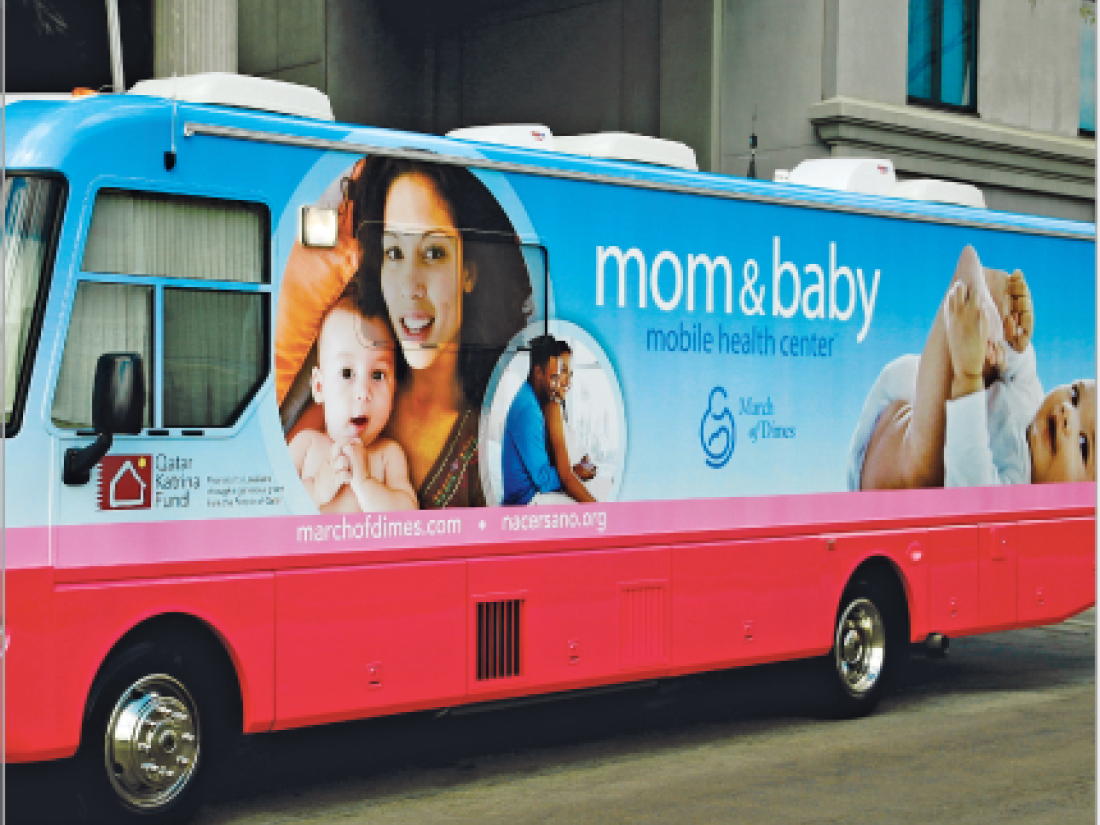
2012
In communities around the country, March of Dimes community grants enable women to receive group prenatal care, quit smoking and receive other services that increase their chances of having full-term pregnancies.

Volunteers
1950
As polio epidemics grew more widespread, volunteers went door to door to collect dimes so researchers working in labs could develop a successful vaccine. The campaign was known as Mothers March®.
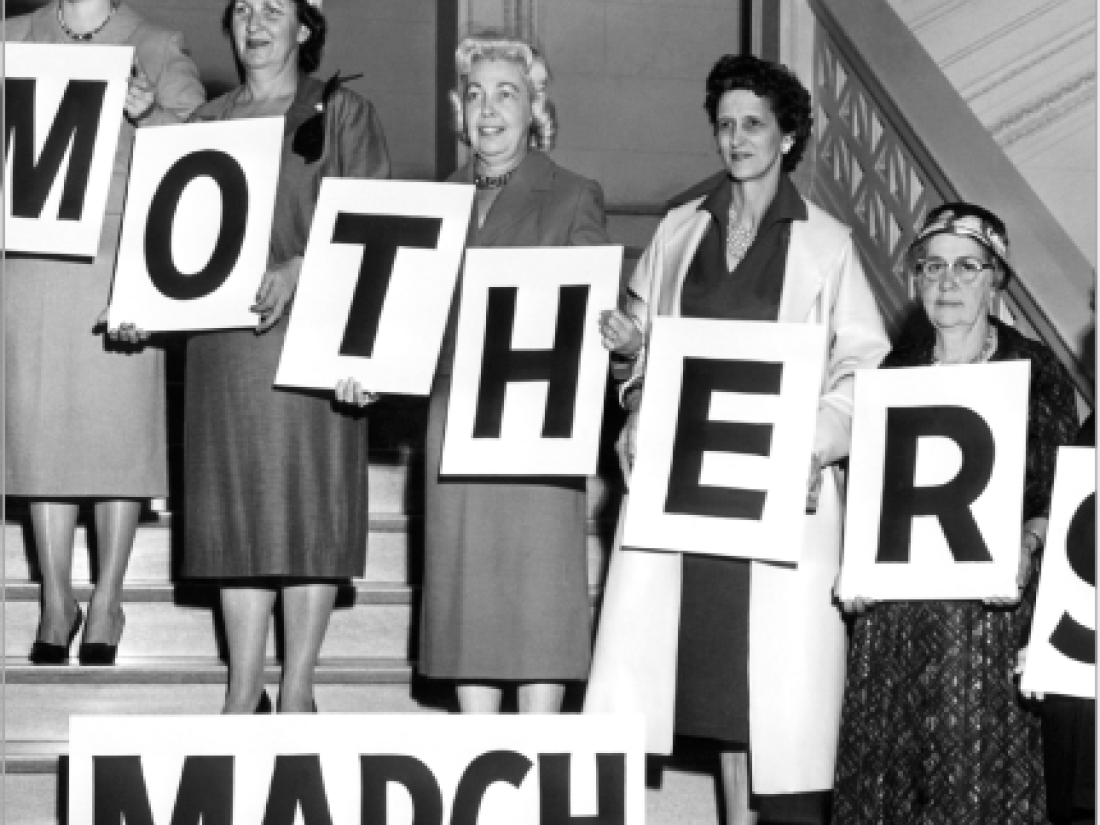
1963
Even the youngest volunteers understand the importance of helping others. Today, thousands of young people, from elementary school to college, help March of Dimes, often inspiring a lifetime of volunteering.

1973
The first March of Dimes walkathons took place in 1970, setting the stage for the growth of WalkAmerica®, which became March for Babies in 2008.

2012
More than 7 million people get involved in our largest fundraiser each year. March for Babies® raises awareness and $108 million to fund lifesaving research and community programs.
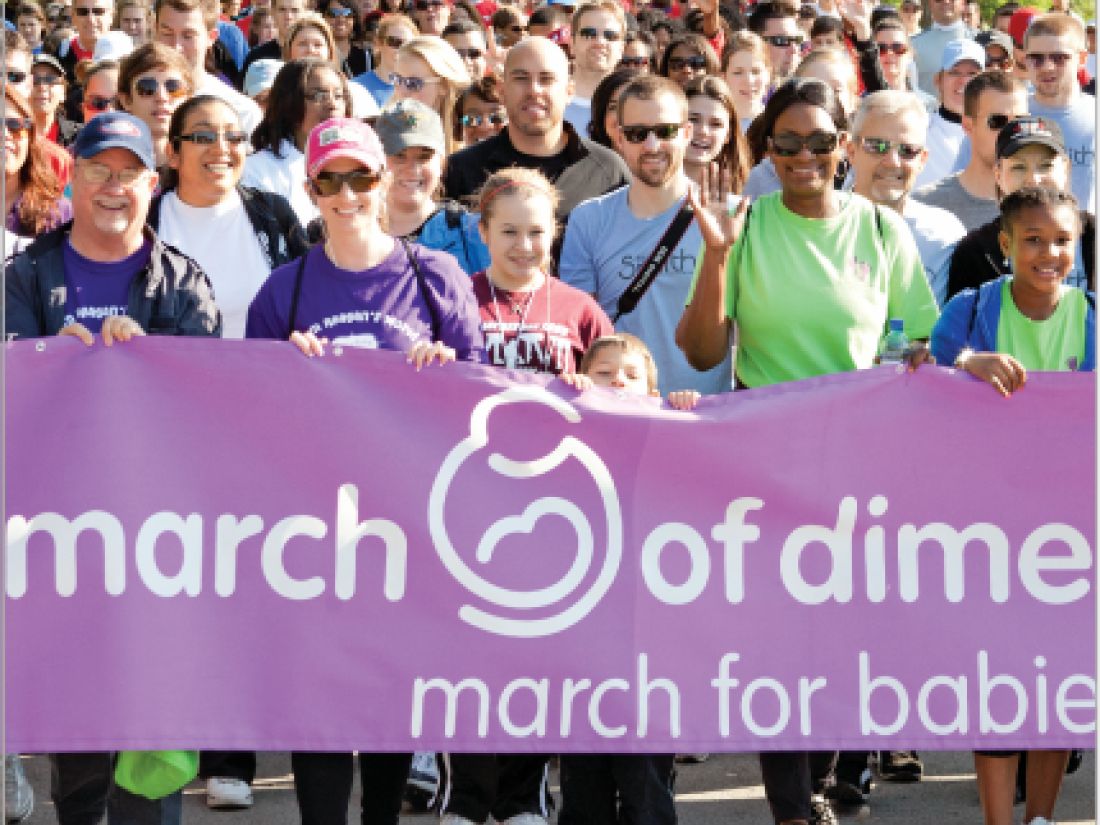
Birth defects research
1953
With his breakthrough of determining the double-helix structure of DNA, March of Dimes grantee James Watson paved the way for mapping the human genome.
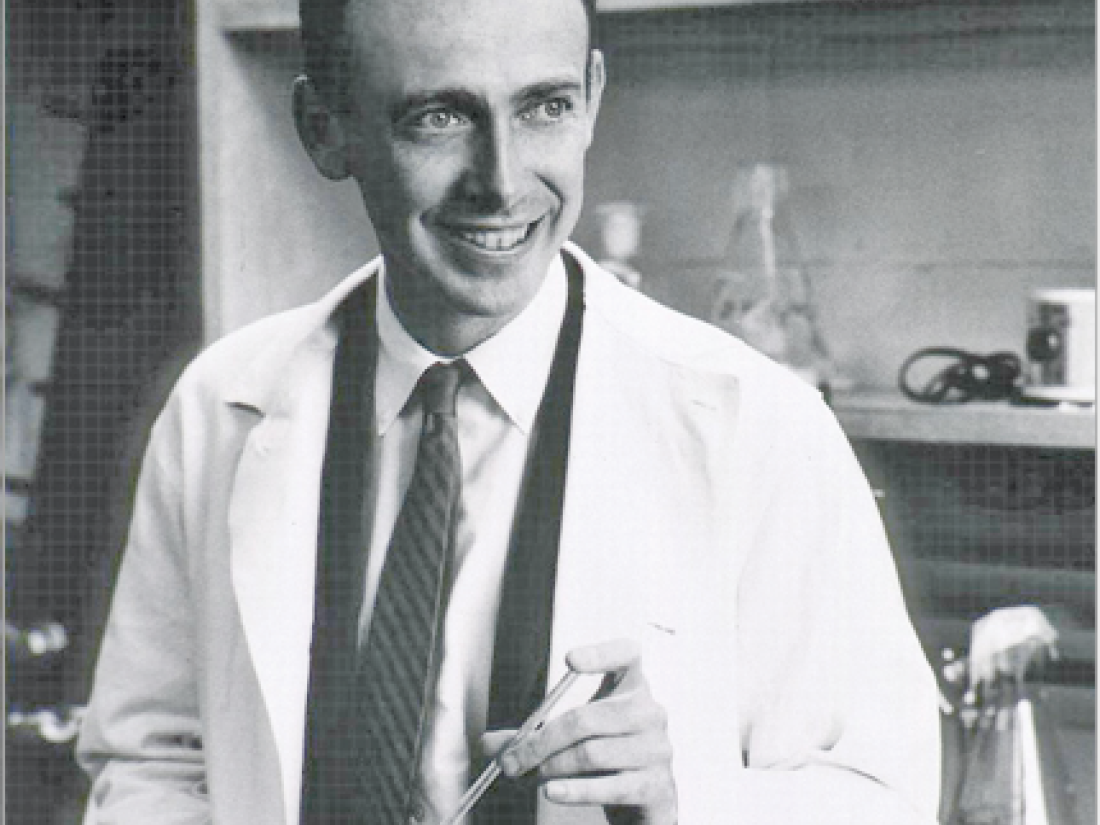
1968
March of Dimes has been a leader in genetics education on birth defects and the risks of inherited genetic disorders.

2007
In the 1960s, March of Dimes research led to the first newborn screening test for PKU, an inherited disorder that causes intellectual disability. Today, because of our advocacy work, every baby is screened at birth.
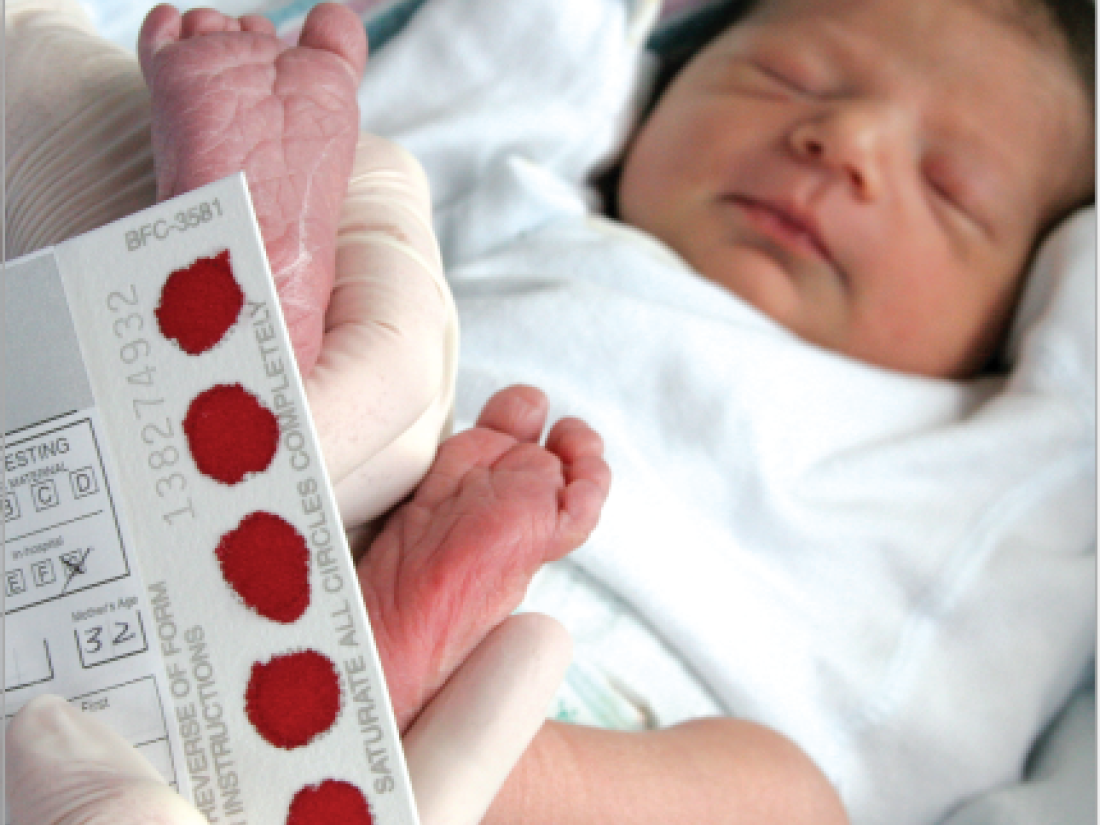
2011
Building on our strong track record in genetics, we’re moving forward with research to uncover the causes of birth defects and preterm birth so more babies get the best possible start.

Nursing
1955
During polio epidemics, nurses played a vital role in patient care and found countless ways to comfort young children with the disease.

1967
As March of Dimes researchers expanded knowledge of birth defects, we armed nurses with education in prenatal care. Today we offer a wide range of nursing modules to help nurses translate the latest research into the care they provide.

1995
As the crisis of preterm birth grew, March of Dimes supported professional development for nurses caring for critically ill babies in newborn intensive care units. Babies’ lives depend on the quality of care that these highly skilled nurses can give them.
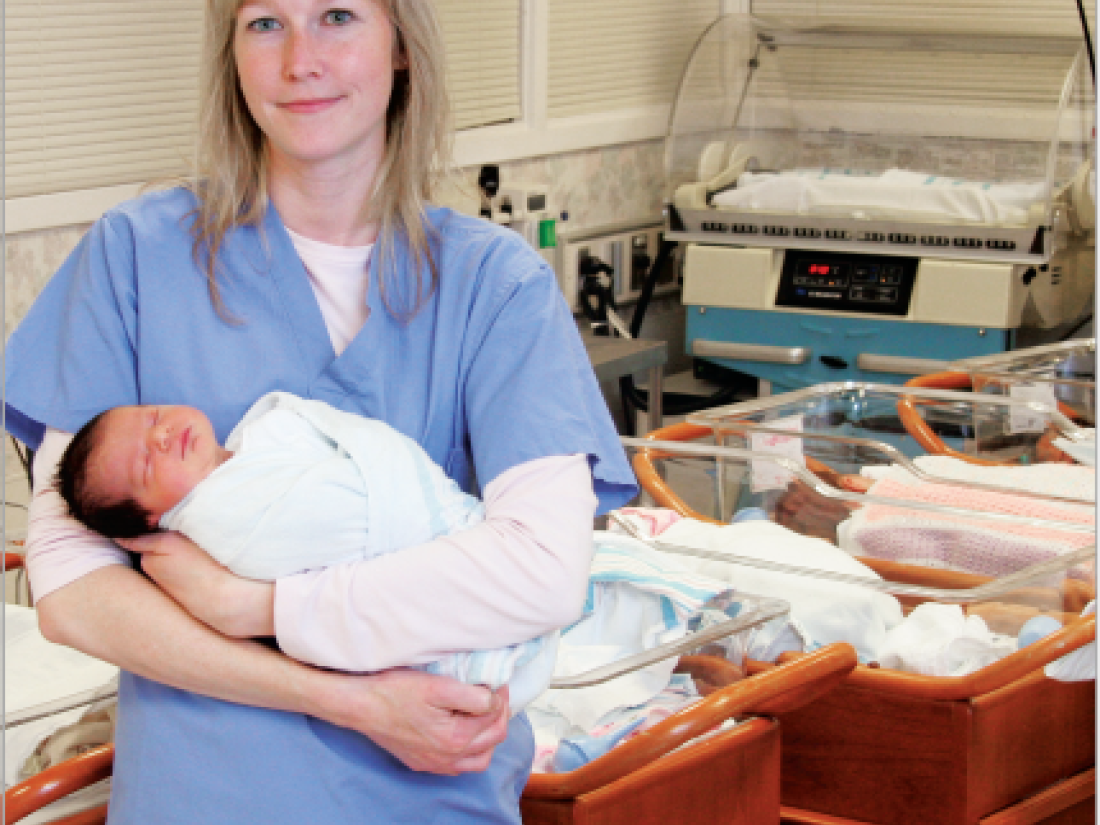
2010
One of the ways March of Dimes recognizes the outstanding work of nurses is through our Nurse of the Year awards. We also award several scholarships annually to nurses enrolled in graduate programs in maternal-child health.

Family support
1956
Herbert and Betty Smith, California schoolteachers, spent Christmas with their daughters at a respiratory center. The Smiths were confined to iron lungs provided by March of Dimes to help them breathe after being diagnosed with polio.
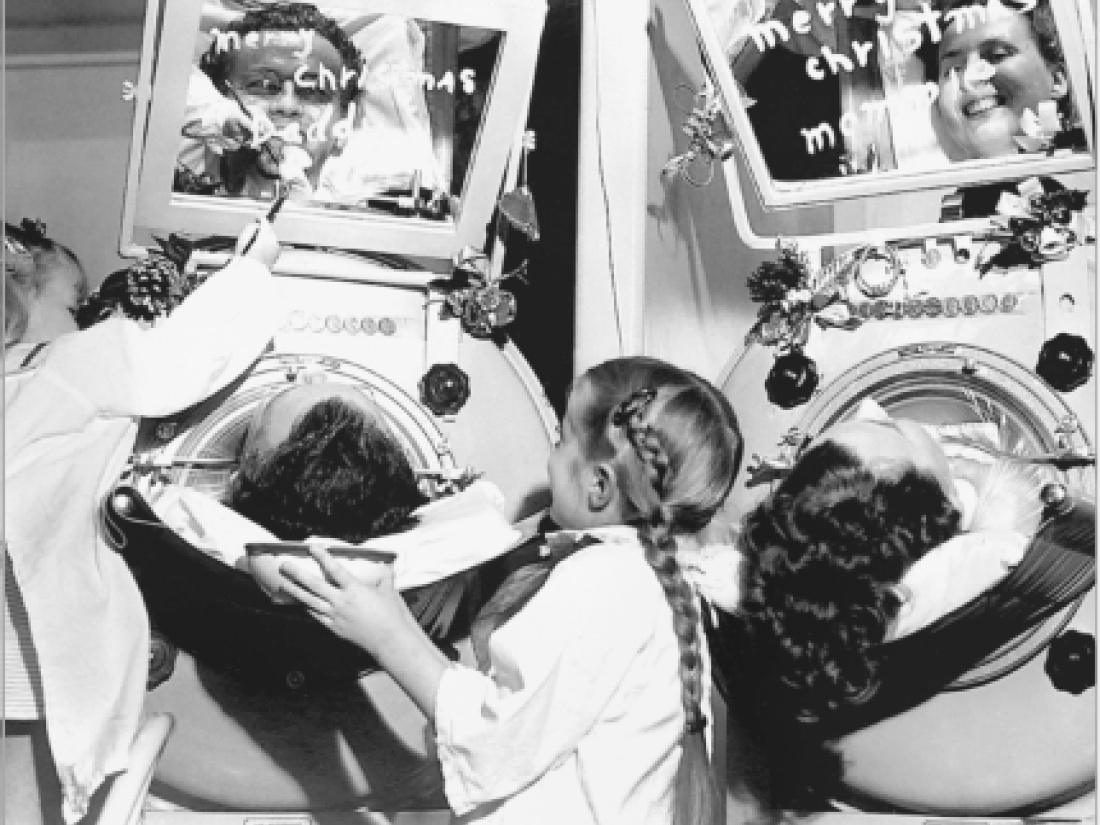
1984
The March of Dimes helped create support groups for families with a baby in intensive care to ease their fear and heartache.
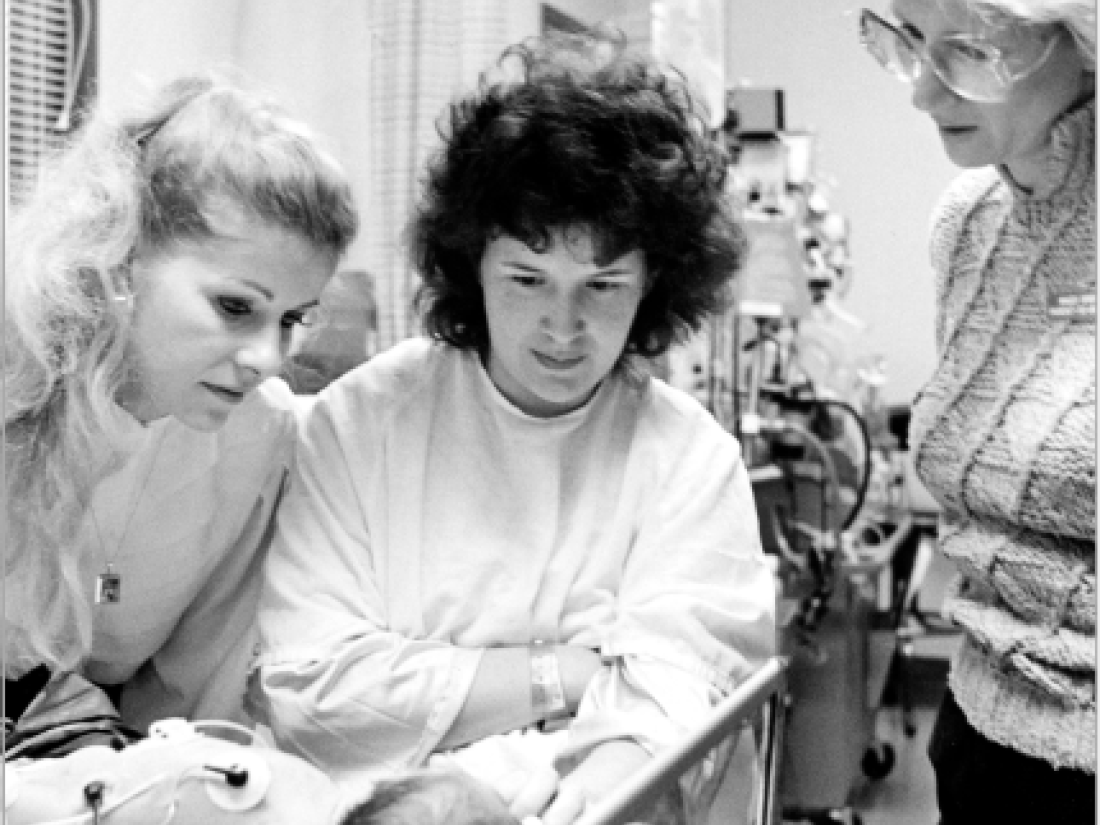
2005
March of Dimes and its corporate partners provided diapers, clothing and other supplies to Louisiana families who had lost their homes and access to medical care during Hurricane Katrina.

2012
The NICU Family Support® program provides information and comfort to families with a preterm or sick baby. Each year, we help more than 50,000 families understand the people, equipment and conditions they’ll experience in the NICU.
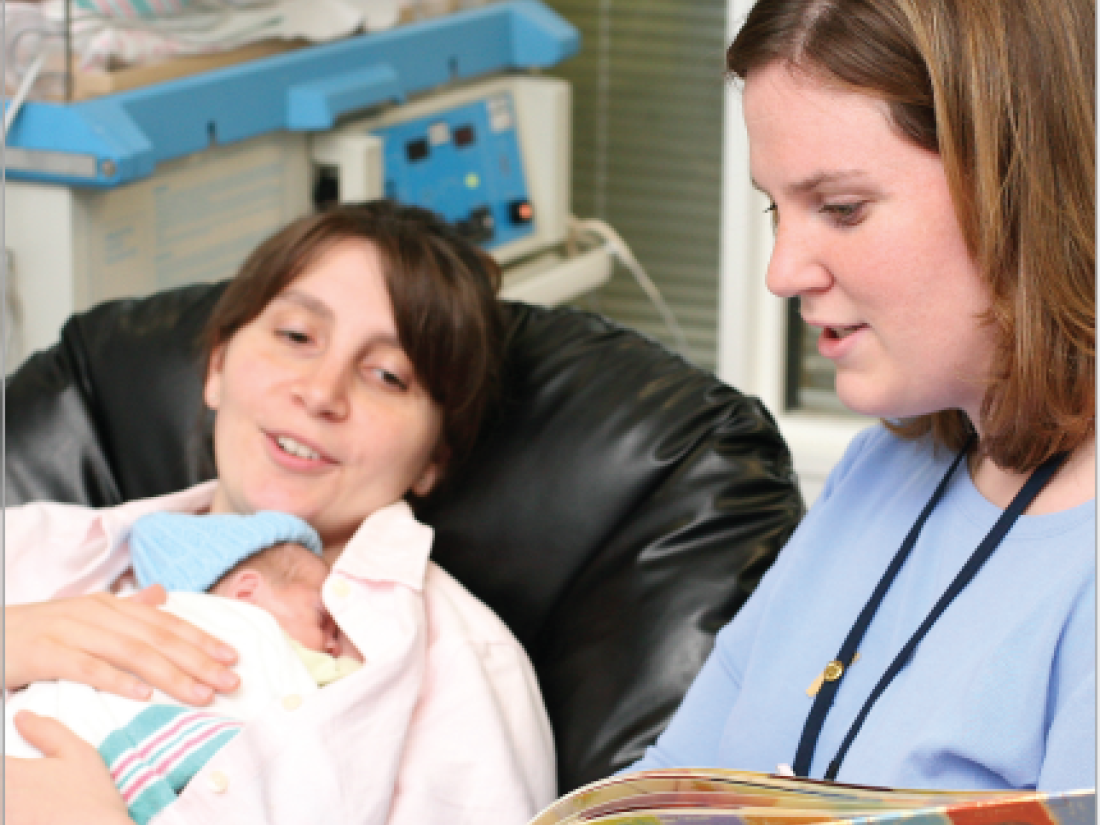
2018
The Preventing Maternal Deaths Act, backed by March of Dimes, is passed by Congress to support state programs to protect the health of women during pregnancy, childbirth and postpartum and eliminate disparities.
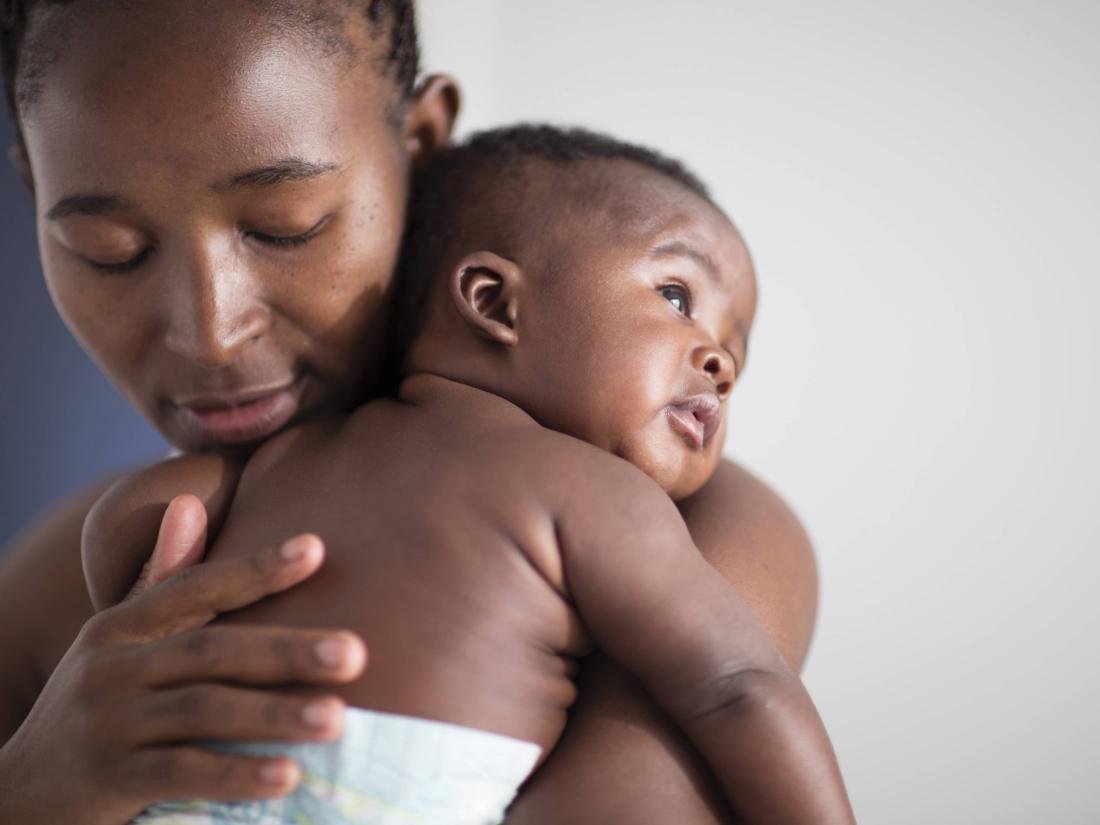
Education
1968
As medical director of March of Dimes, Dr. Virginia Apgar stimulated interest in professional education and research into the causes and prevention of birth defects. The “Apgar Score” evaluates a newborn’s condition at birth.
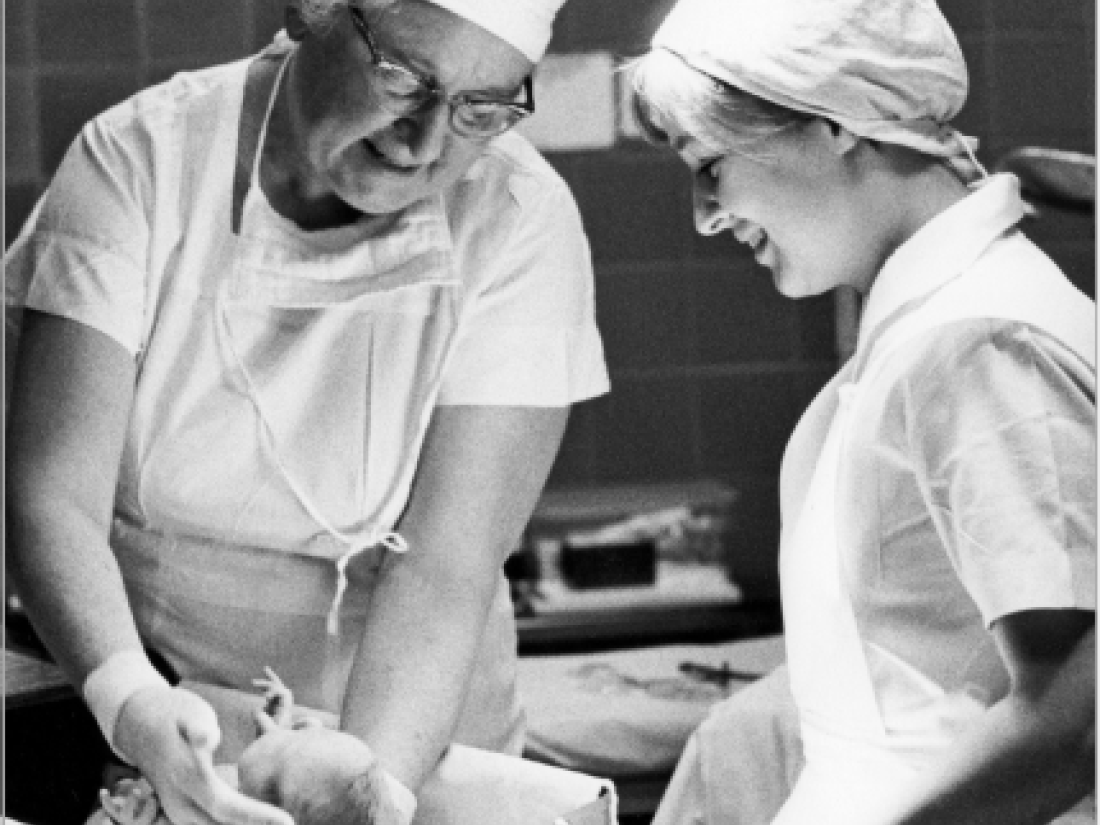
1999
Moms today know the importance of taking a multivitamin during pregnancy, thanks to the March of Dimes Folic Acid campaign. Kelsey Adams was born healthy because her mom took folic acid after her first pregnancy ended in stillbirth.

2011
We have partnered with local organizations in 33 developing countries on four continents to strengthen data collection systems and parent organizations. Our professional and public health education materials help raise awareness and improve care.
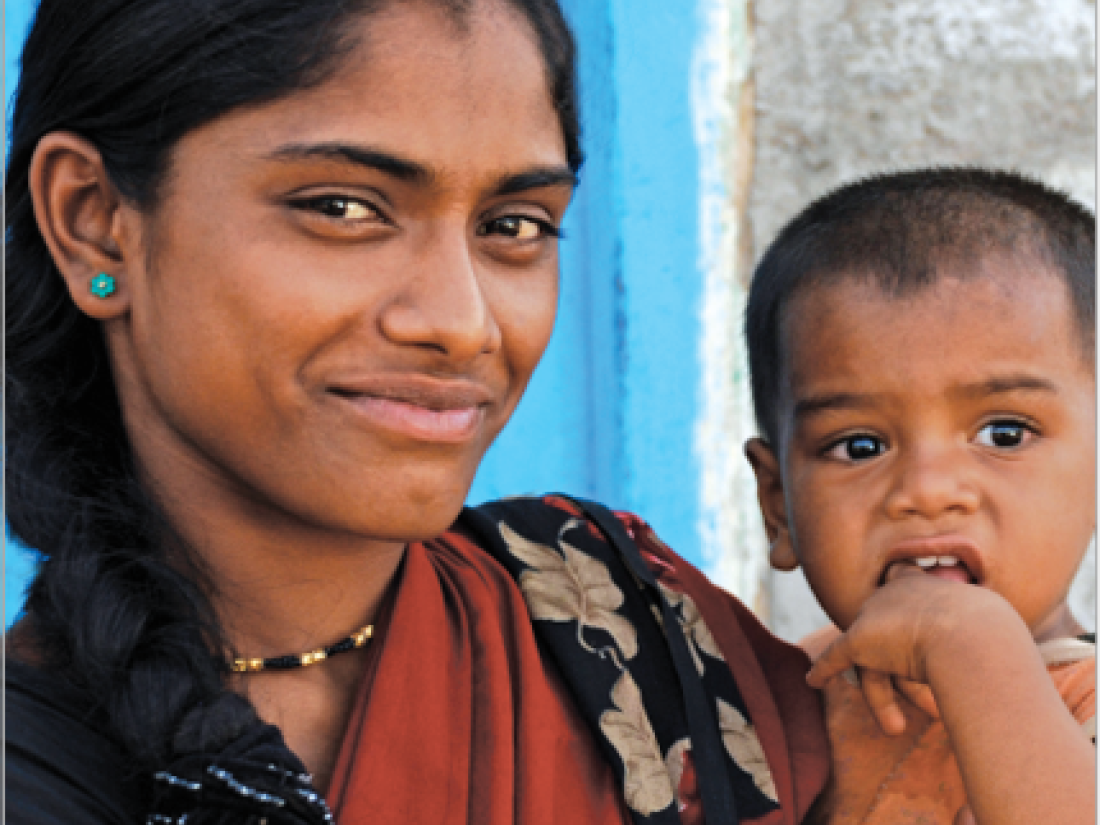
2012
We’re reaching out to moms about the importance of waiting for labor to begin on its own through our Healthy Babies are Worth the Wait™ campaign. We also partner with hospitals to improve the quality of care that moms receive.

Preterm Birth
1976
Recognizing the urgency of treating critically ill babies close to home, March of Dimes played a vital role in creating a regional system of neonatal intensive care units (NICUs).

1985
March of Dimes funded the development of surfactant therapy to treat respiratory distress syndrome in preterm babies. Danielle Cofey was one of the first babies to be treated successfully in the U.S.
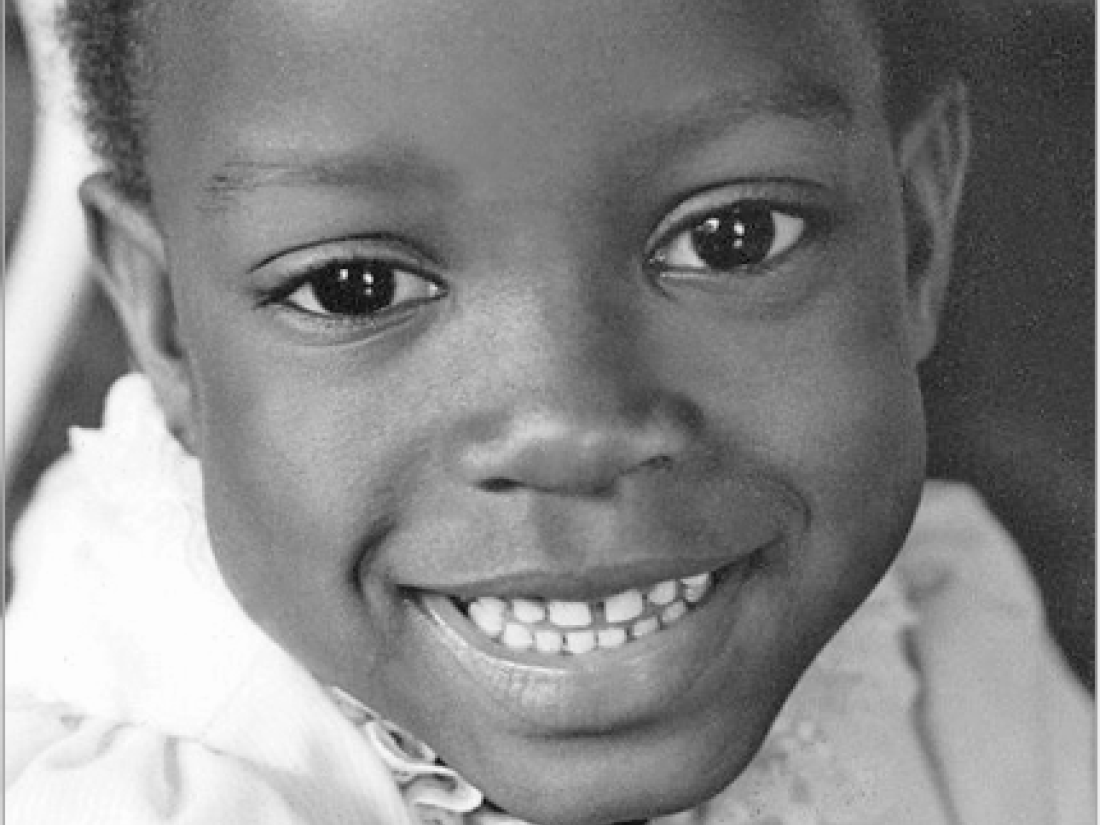
2003
March of Dimes launched a national Prematurity Campaign to raise awareness of the serious problem of preterm birth and to help reduce the alarming number of babies born too soon in the U.S.
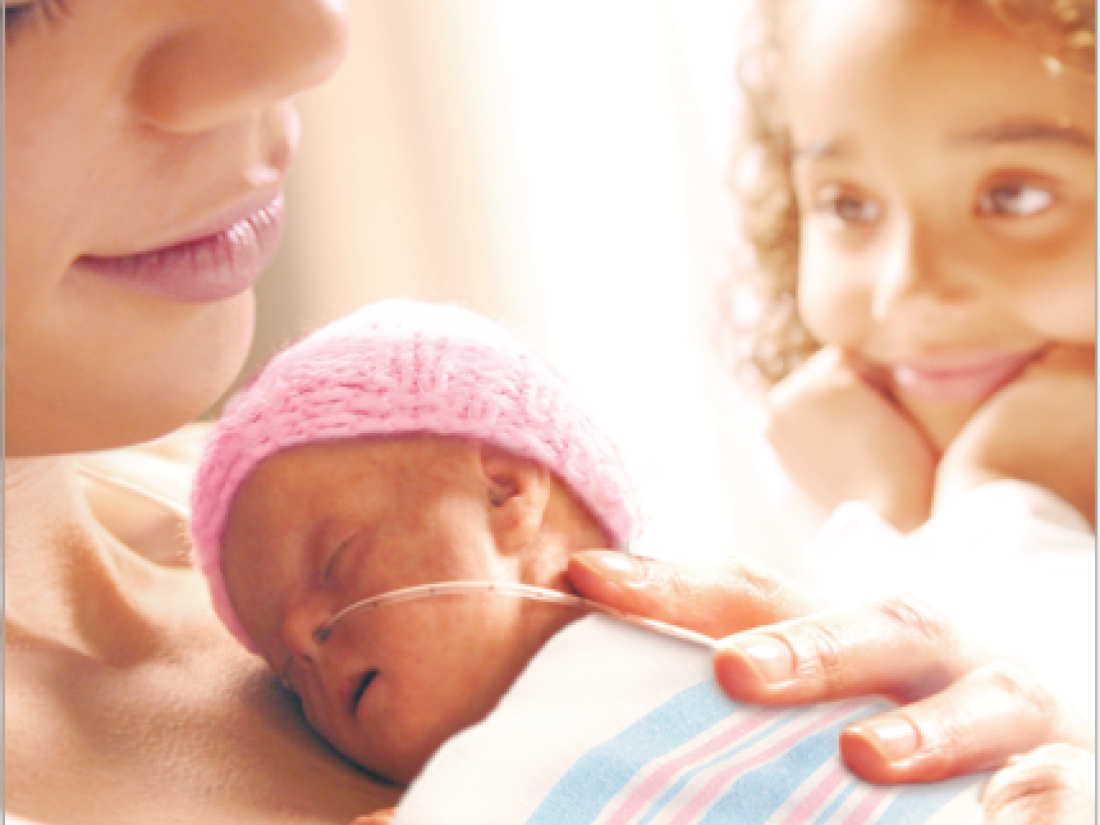
2011
Dr. David K. Stevenson leads the research team at the new March of Dimes Prematurity Research Center at Stanford University School of Medicine. Scientists from different disciplines share their knowledge to find the causes of preterm birth.
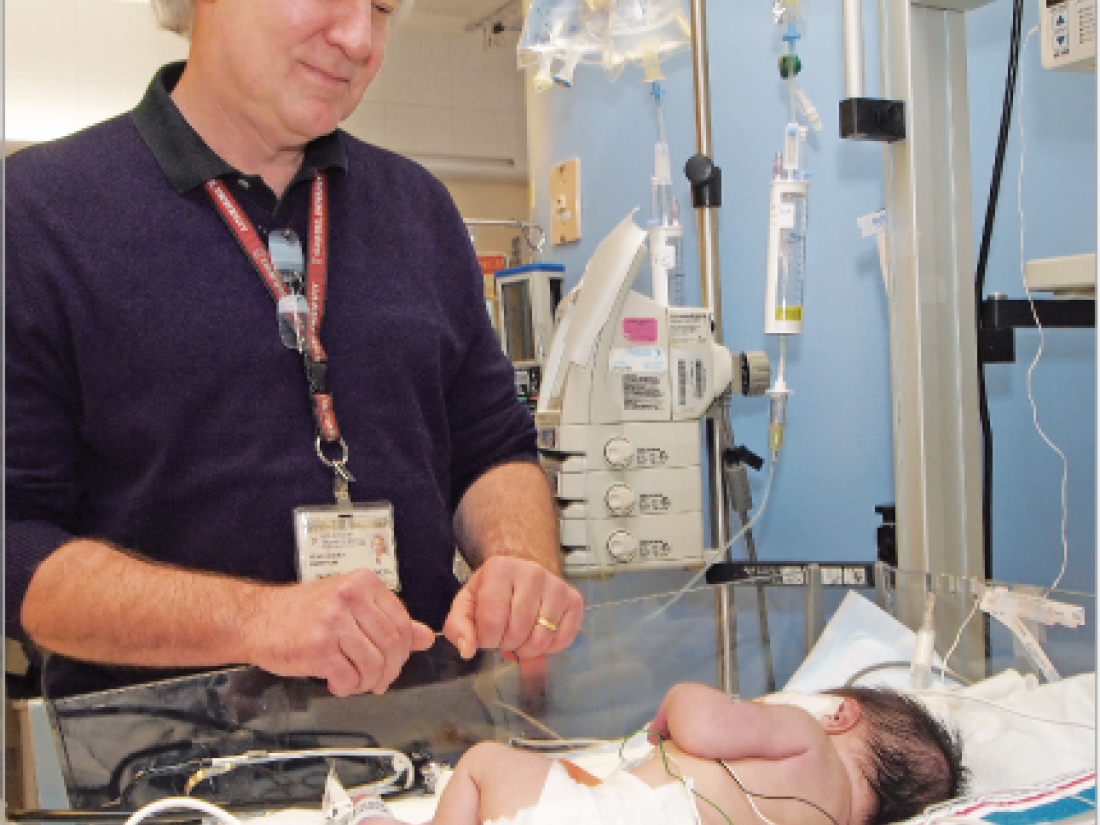
2015
The March of Dimes Database for Preterm Birth Research is launched.

2018
The PREEMIE Act, supported by March of Dimes, is passed to provide funding for more research, community initiatives and interventions to reduce the risk of babies born before 37 weeks.
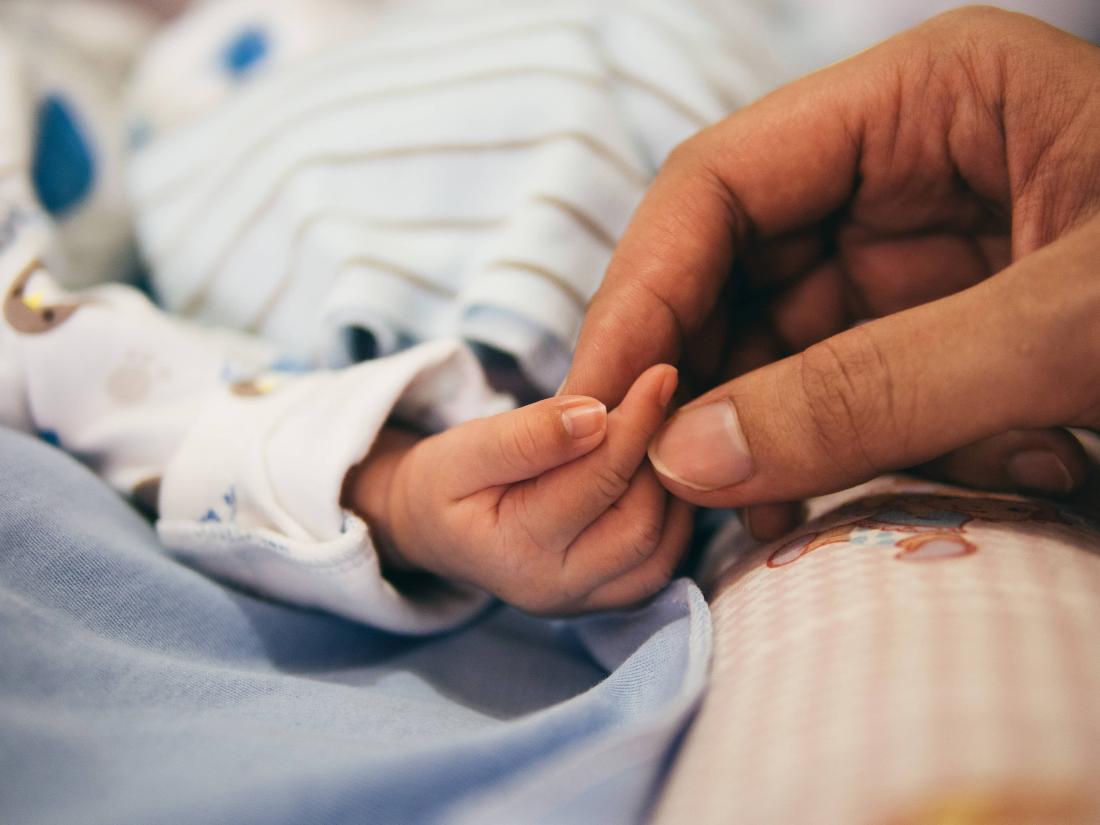
2018
March of Dimes Prematurity Research Center at Stanford University Medical Center develops a maternal blood test that may accurately identify pregnant women at high risk to deliver prematurely.
